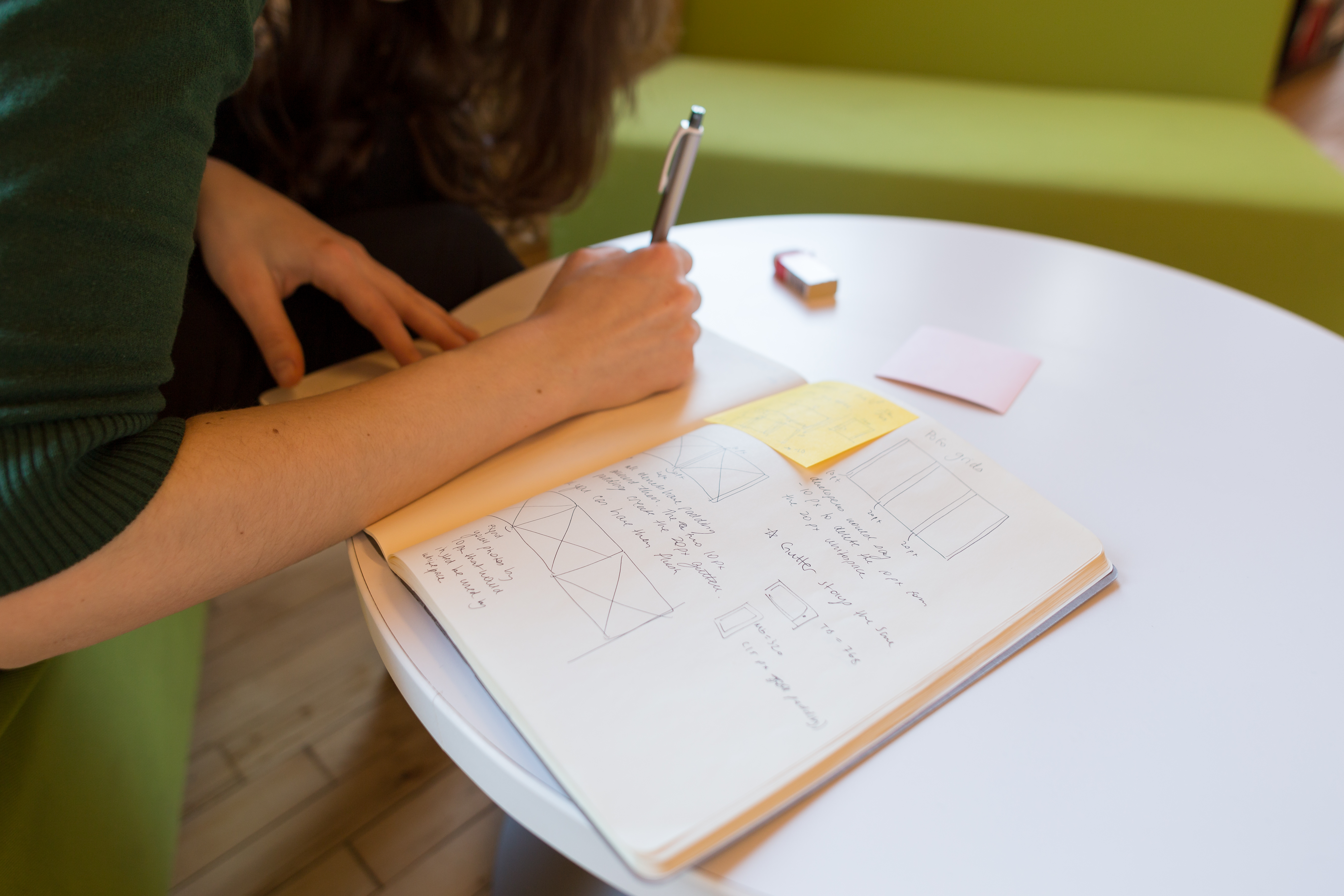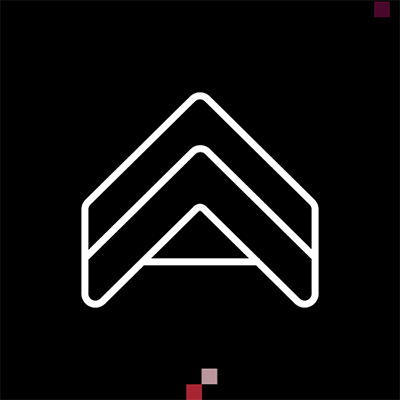
For many businesses without a history of product design, the recognition of a design need manifests as “let’s hire a designer” — simply hire one capable person who can produce our design work and who knows, maybe even build up a team. Many designers, especially those newer to the industry, see these roles as an opportunity for unbounded creative control and a shortcut to becoming a “design leader”. The reality, however, is that this sort of “UX Design Team of One” is more likely to leave both parties feeling shorted.
A UX design team of one means getting less for more
Not all companies have a need, or budget, for a full-fledged UX design team. Say you have a big project, a big new product or a major overhaul of your existing product, and you’ve recognized that maybe your developers shouldn’t design it — you need a designer. Or do you? Hiring a full-time designer, instituting your “UX Design Team of One”, provides you with a long-term resource, and all the costs and complications of adding FTE staff. Do you have the budget to hire one person capable enough to do the work? Is there enough work after this project to justify the role? In many cases, engaging an external design partner can be more cost-effective over the long term. The rates will almost surely be higher than your in-house FTE, but your costs are limited to the real scope of the project, and end once the engagement is complete. Your project is through in four months? The design partner bills you for four months… your in-house FTE will be on your budget for the year and beyond.
Good design requires feedback
As a solo designer, who do you turn to for feedback on your work? Hopefully, you can turn to business and development stakeholders, but their feedback will be focused on requirements and feasibility — they’re not likely critiquing the finer points of information architecture and interaction design, or providing helpful reminders about usability scenarios. Sure, usability testing will provide some indirect feedback (if run and interpreted correctly), but this is pretty late in the process, and generally more costly than a quick review with a peer. Not to mention time-consuming, which can be problematic when you’re the only designer trying to power through a product on your own. The design output suffers, and the designer stagnates.
In this case, there are a few good options to avoid this problem: hire two or more designers, who can support one another; engage an external design partner, whose internal design process already includes continual design critique; or some combination of the two with internal and external teams collaborating together.
With a UX design team of one, design time dwindles
One of the most interesting things that happens once you bring on a UX designer (or begin building a UX team) is that suddenly, everyone has a design project. That one project they were brought on for becomes an ever-shrinking component of their scope, as more teams tell them about this one design problem they have, or this one screen they need, and can you tell me a bit more about how to do design research? Under the right circumstances, this can be exciting for everyone — problems that may have laid dormant for ages are being addressed and everyone is interested in design. As a designer, you’re being pulled into all sorts of different conversations. Maybe the organization isn’t interested in design, but as a designer you quickly see all the problems and years of design debt and start thinking about design systems and syncing up this project with this other product. Quickly, you realize you don’t have time to support all these different things AND the original project. While you can hire out a more complete UX design team, an external team can help maintain constraints, and provide more flexible resourcing when other needs do arise.
Missing the forest for the trees
A designer working solo typically has their plate full just executing design work — building wireframes, style guides, etc — and has limited time to actually step back and think about how design works within the company, let alone to actively advocate for it. If you’re going to institute design as a practice within the organization, you need someone who has the time, skill, and institutional support to go beyond just executing already-identified design work. They should also be able to evaluate the processes used today to build and refine products and understand where design should play a role.
A good design leader can help ensure any designers are positioned for success by working with the rest of the organization to both evangelize design and also understand the needs and goals of other teams, and ensure that designers can work effectively with stakeholders outside of their team. This sort of design leadership is all but impossible when you’re working solo, providing for a frustrating experience for the designer, and ineffective solutions for the company. Bringing in an in-house design leader, with the requisite support and time to fulfill this role, or bringing in external leadership who can provide similar guidance, will help ensure design succeeds not just on your immediate project but as a function of the company as a whole.
A better approach to building a UX team
Catalog your needs, assess your budget, and evaluate whether a designer working alone is truly your best approach. What will they work on in six months? A year? When will this team need to grow, and can you afford to hire the kind of design leader (assuming you can find a strong candidate who wants to work in a less-than-ideal UX Design Team of One situation) now to support that later growth?
If your long-term design plans are extensive, and your budget sufficient, you may be better off hiring a few designers out the gate who can support each other and the broader design needs of the organization. For many companies, however, that may not be necessary or feasible — in these scenarios, consider seeking out a design partner who can provide support for your existing project, and maintain flexible support until a multiple-FTE design commitment makes sense. This design partner can even be a great resource for helping you ramp up a design team once the need and budget makes sense.
Design is at its core about understanding problems, and finding solutions through rigorous evaluation and iteration. How you approach a design team should be similarly thoughtful and considered. Building a more robust design practice may not be the most expedient solution, but the return will be worth it.
